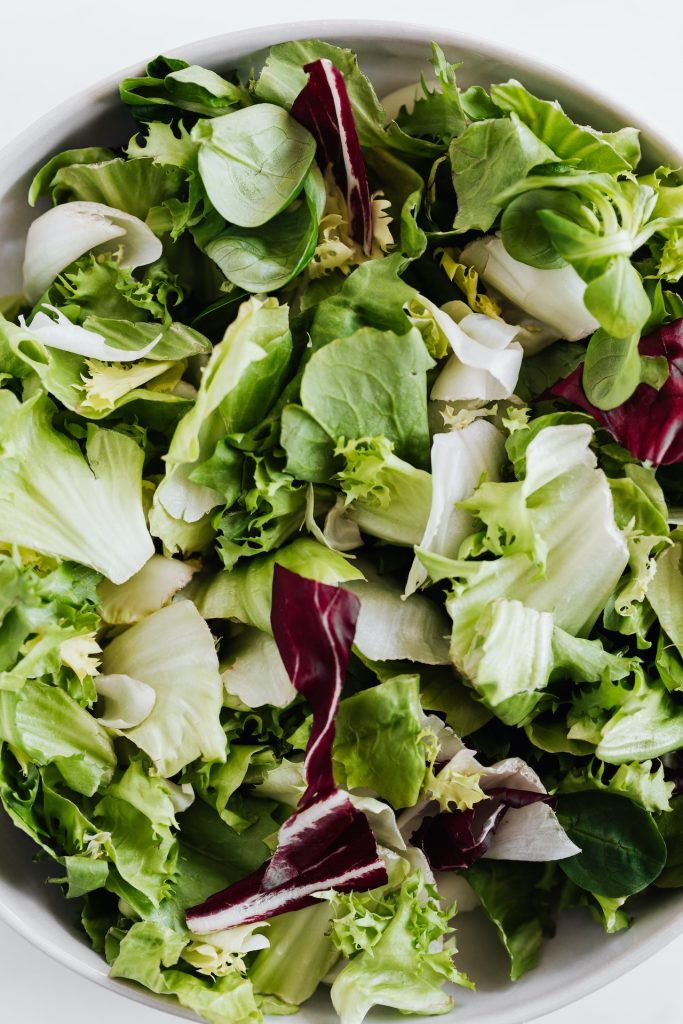While Buying vegetables, it’s essential to know the different types of lettuce and cabbage to make the right choices for your meal. Learn more about these vegetables and their Differences.
What Is Cabbage?
Cabbage is a leafy vegetable that is part of the cruciferous family of vegetables, which also includes broccoli, cauliflower, and Brussels sprouts. It is a cool-season crop grown for its edible leaves, typically green or purple in color.
Cabbage is a nutritious food with vitamins and minerals and a good source of dietary fiber. It can be eaten raw, cooked, or fermented and is often used in salads, coleslaw, soups, and other dishes. Cabbage is also relatively easy to grow and is widely available in many parts of the world.
What Is Lettuce?
Lettuce is a leafy green vegetable often used in salads and sandwiches. Many different types of lettuce, including leaf, romaine, butterhead, and iceberg lettuce, vary in flavor, texture, and appearance. Lettuce is a good source of vitamins, dietary fiber, and various minerals.

It is low in calories and has a high water content, making it a refreshing and hydrating addition to a meal. Lettuce is usually eaten raw but can also be cooked or used as a wrap for other foods. It is widely available in supermarkets and is often used in various dishes, including salads, sandwiches, wraps, and garnishes.
The Difference Between Cabbage And Lettuce
Cabbage and lettuce are leafy green vegetables but belong to different plant families. So here are some significant differences between cabbage and lettuce below.
- Cabbage is a type of vegetable that has a strong flavor, whereas lettuce does not have as much flavor and can be eaten raw or cooked.
- Lettuce comes in many shapes and sizes, while cabbage’s only variety is the traditional white cabbage.
- Cabbage can be steamed, boiled, or microwaved, whereas lettuce cannot.
- Lettuce requires no washing before eating, whereas cabbage must be rinsed several times before cooking to remove any dirt or debris from the leaves.
- Lettuce will stay fresh for about two days in a fridge without being washed, whereas cabbages will last up to five days if stored correctly and don’t get wet during storage.
- Cabbage takes longer than lettuce to cook (10-15 minutes), but once it’s done, it’s tender and delicious, whereas iceberg lettuce tastes watery and bland after cooking.
- Lastly, most people believe that cruciferous vegetables such as broccoli, Brussels sprouts, cauliflower, etc. So these are best when cooked with savory sauce on top rather than just served plain as lettuce does.
Benefits Of Cabbage & Lettuce
Cabbage is one of the most versatile vegetables you can eat. Not only is cabbage a fantastic source of vitamin C, but it also contains other health-boosting nutrients and antioxidants.
Here are just a few benefits of cabbage nutrition for your health:
- Cabbage helps to keep your blood sugar level stable by slowing down the release of sugar into your bloodstream.
- It’s high in fiber, which helps to help regulate digestion and absorption of foodstuffs throughout your body.
- Cabbage is a good source of vitamin K, which supports cardiovascular health and bone mineralization.
- It’s full of cancer-fighting compounds called glucosinolates, which work synergistically with other antioxidants like vitamin C to fight tumor growth.
Lettuce is an excellent source of nutrients and vitamins, including calcium, magnesium, vitamin A, vitamin K, folate (vitamin B9), and antioxidants. In addition to being a good source of nutrition, lettuce can also help improve your overall health by reducing the risk of heart disease and cancer.
Here are some specific benefits of eating lettuce:
- It can reduce the risk of heart disease by helping you reduce your intake of saturated fat and cholesterol.
- Lettuce is high in beta carotene (a precursor to Vitamin A), which helps protect your eyesight from damage caused by sunlight exposure.
- It has anti-inflammatory properties that can help reduce the symptoms associated with conditions like arthritis or asthma.
Conclusion
Both vegetables have been controversial for years due to their similar taste. The main difference between cabbage and lettuce is the texture and flavor of the leaves. Cabbage has thicker, crunchier leaves and a slightly sweet and pungent flavor, while lettuce has thin, delicate leaves and a mild, slightly bitter flavor.
Both cabbage and lettuce are also highly nutritious due to their high fiber content, which can help you boost your metabolism and healthily manage your weight. It’s good to remember this fact while choosing one of them regularly.

